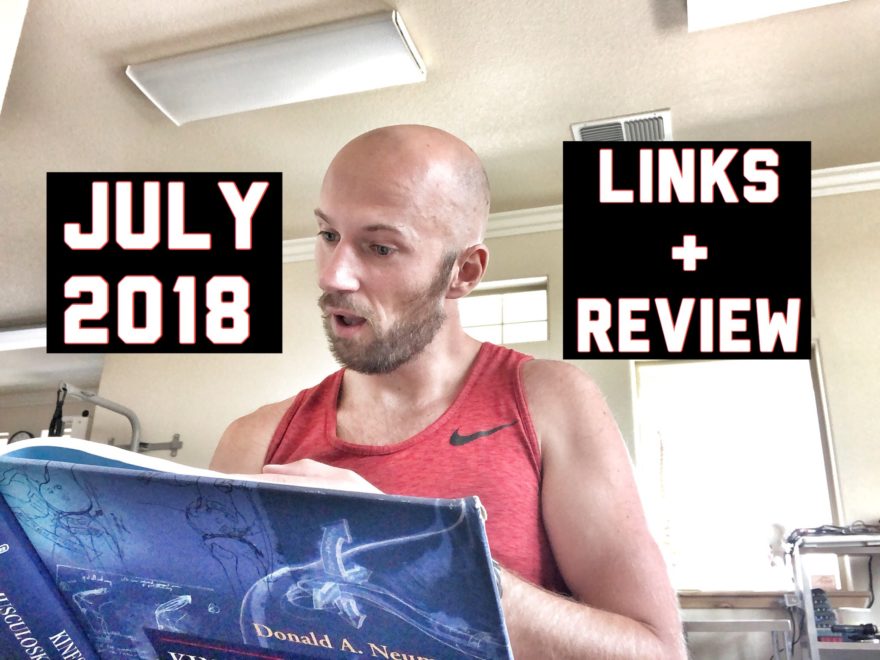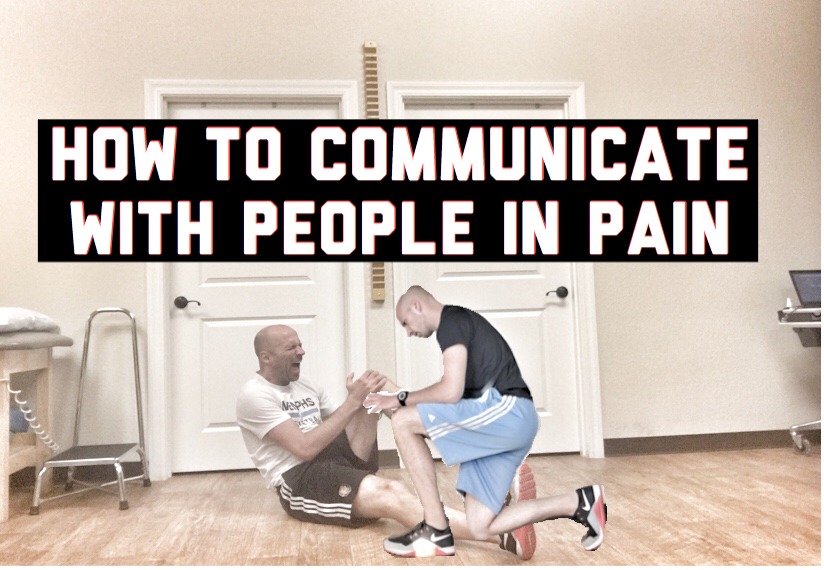Perhaps one of the biggest struggles we can run into in working with people in pain is getting our clients feeling safe when returning to movement. The reality of the matter is that the chances of a person in pain experiencing some symptoms as he or she returns to activity is real and part of the process. How can we get our people to trust the process? To be comfortable being uncomfortable? I think Aline Thompson, a physical therapist I trust out of Denver, has the answer. In today’s post, she outlines how changing the belief frame someone approaches pain with can have profound impacts on returning to life. Without further adieu, here is what she has to say: Is there a Difference Between Pain and Discomfort? There’s a difference and it matters. More often than not the question goes more like this: “Tell me about your pain…” After which you get a pause, with a look of contemplation. When this happens I wonder; what are they thinking? Should that silence be filled with a follow up question? “…. Or is it discomfort?” When I ask folks whether there is a difference between pain and discomfort everyone says yes. When I ask how they differ these are the answers: “Pain is discouraging, Discomfort is just frustrating” – “Discomfort is annoying but you can ignore it. Pain interferes with your brain and thought processes. You can’t do a complex math problem easily when you’re in pain” – “Pain can hinder progress
Read More

